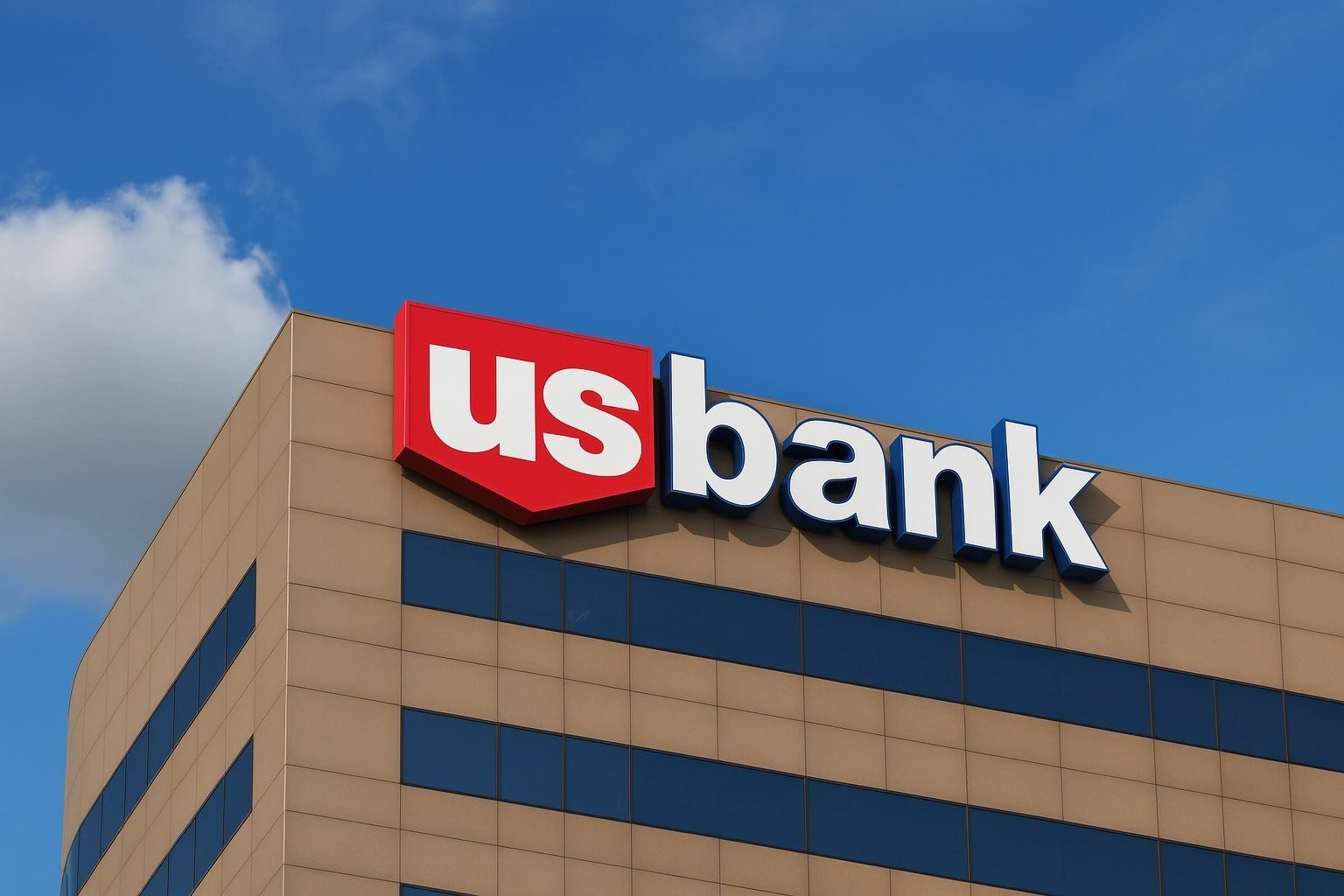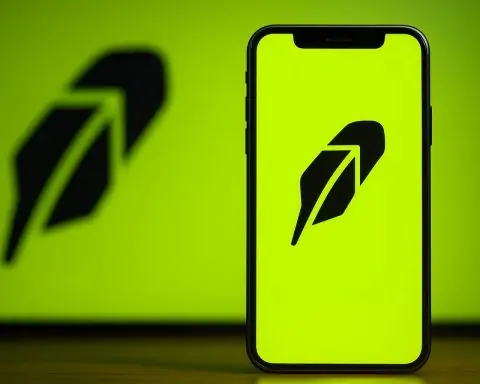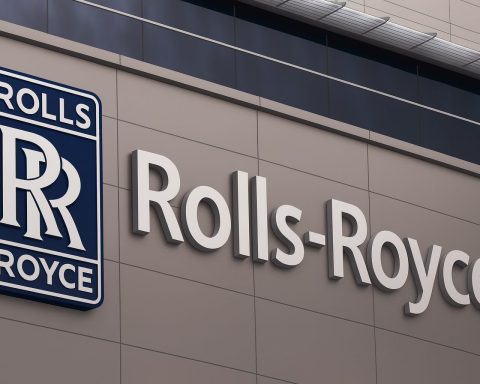Published: November 25, 2025
U.S. Bank is pushing ahead with an aggressive growth plan on two fronts: hiring new business bankers across the U.S. Southeast and opening a flagship branch in Compton, California. Together, the moves signal how the nation’s fifth‑largest commercial bank is leaning into high‑growth regions while doubling down on small‑business lending and community‑focused branches. [1]
U.S. Bank hires up for Southeast growth
A day after news broke that U.S. Bank would significantly boost its banker headcount in the Southeast, details of the strategy are coming into sharper focus.
According to an interview with Banking Dive’s Caitlin Mullen, the Minneapolis‑based bank plans to hire at least a dozen new business bankers over the next six months in select Southeastern states where it currently has no physical branches. Dee O’Dell, U.S. Bank’s head of business banking sales, said the hires will be deployed in Alabama, Florida, Georgia, Louisiana, Mississippi and South Carolina—markets the bank already serves digitally and through other products but where it wants more on‑the‑ground relationship coverage. [2]
The hiring initiative, highlighted today by SSBCrack News, underscores that U.S. Bank sees more opportunity in these high‑growth southern markets, especially in small and mid‑sized business lending and SBA loans. [3]
Building a bigger business‑banking machine
O’Dell’s unit focuses on companies with annual revenues between roughly $2.5 million and $50 million. Across the U.S., about 1,200 employees in that business banking segment serve some 75,000 clients, making it a core engine inside the bank’s consumer and business banking division, which contributes roughly 32% of overall revenue (about $21.3 billion year‑to‑date as of Sept. 30). [4]
In 2025 alone, around 250 people have been hired into new roles on O’Dell’s team, including fresh banker teams in Dallas and Houston, a second team in Charlotte, additional coverage in Las Vegas, and a fourth team in Chicago. The Southeast build‑out is the next wave in that strategy. [5]
Rather than just piling in more salespeople, U.S. Bank is pairing the hiring with new tools and a more consultative approach:
- A proprietary diagnostic questionnaire, built with a fintech partner, that analyzes how a business moves money and where it might gain efficiency or reduce fraud risk.
- An internal data platform that lets bankers scan their markets by factors like industry, revenue range or property ownership to better target prospects. [6]
The idea is to move away from product‑pushing and toward holistic advice. O’Dell told Banking Dive that when bankers walk clients through the diagnostic, it often uncovers needs owners didn’t realize they had—opening the door to deeper relationships. [7]
SBA loans at the center of the push
The Southeast expansion is also explicitly about Small Business Administration (SBA) lending. U.S. Bank has doubled its SBA lending over the past two years, and in fiscal 2025 it originated about $871.2 million in SBA 7(a) loans, a 23% increase from the previous year, according to figures cited by the bank. [8]
For many entrepreneurs, SBA loans are their first entry point into a large bank relationship. U.S. Bank is betting that by stationing more bankers in high‑growth southern markets—even ones without brick‑and‑mortar branches—it can capture more of that demand and then cross‑sell other services, from treasury management and merchant services to credit cards and wealth management. [9]
Why the Southeast is in every big bank’s playbook
U.S. Bank isn’t alone in looking south. Large banks from JPMorgan Chase to Wells Fargo have steadily expanded in the Sunbelt, drawn by faster population growth, rising incomes and dense clusters of small businesses. [10]
Industry analysis from The Financial Brand points out that the South has become a magnet for branch openings and staffing dollars even as many banks trim locations elsewhere. U.S. Bank’s strategy—adding bankers in markets where it lacks branches—offers a twist: it can “enter” a market with people first, then decide over time whether to follow with physical locations based on demand and performance. [11]
For local businesses in states like Alabama or South Carolina that already bank online or through national lenders, having a dedicated relationship manager from a top‑five bank is likely to mean more tailored credit solutions and easier access to SBA programs.
New Compton branch anchors California expansion
While the Southeast build‑out is about bankers without branches, on the West Coast U.S. Bank is doing the opposite—investing heavily in physical locations.
On November 24, the bank officially opened a new branch in Compton, California, at 1759 South Alameda Street, with a ribbon‑cutting event that featured the Los Angeles Clippers’ mascot Chuck the Condor, team dancers and local community leaders. [12]
The Compton site is:
- The fourth new Greater Los Angeles‑area branch U.S. Bank has opened in the past year, joining new locations in Commerce, El Monte and Rancho Palos Verdes.
- Part of a pipeline of four additional branches scheduled by 2026 in Brea, Huntington Park, Garden Grove and Koreatown. [13]
In parallel, the bank says about 300 branches have been remodeled in 2025 in priority markets like California, reflecting a broader refresh of its footprint. [14]
A “relationship‑focused” digital‑first branch
U.S. Bank describes Compton as a showcase for its revamped branch model:
- Bankers carry mobile tablets so they can meet customers anywhere in the lobby instead of behind a fixed desk.
- Customer support stations provide space for quick one‑on‑one conversations.
- Private engagement offices accommodate deeper financial planning and credit discussions.
- The space includes in‑lobby and walk‑up ATMs, with some locations featuring community rooms that nonprofits and small businesses can reserve for meetings, plus complimentary café areas. [15]
Malgy Blue, U.S. Bank’s Greater Los Angeles market leader, said the new layout is intended to create a more modern, relationship‑driven experience in which bankers can interact more naturally with customers while still supporting digital‑first behavior. [16]
Greg Cunningham, the bank’s chief community impact and inclusion officer, joined local staff for the opening—another signal that U.S. Bank wants the Compton branch to serve as both a transactional hub and a community gathering point. [17]
Local outlet 2UrbanGirls framed the opening as part of a broader wave of community developments in Compton and nearby cities, including food‑giveaway programs and other grassroots initiatives, underlining how the new branch arrives amid heightened attention to local economic resilience. [18]
California: U.S. Bank’s second home
The Compton opening caps several years of rapid expansion in California, fueled in part by U.S. Bank’s 2022 acquisition of Union Bank, which added hundreds of branches and propelled the bank to the fourth‑largest branch network in the state. Over the last three decades, its California footprint has grown from just 12 branches to more than 580. [19]
Key California stats from U.S. Bank’s own “by the numbers” snapshot: [20]
- Branches: 582, with 8 new locations opened or scheduled for 2025–26
- ATMs: 1,100+
- Customer base: 3.6 million customers, including 411,000 business clients
- SBA lending in California: 1,000 SBA loans totaling $243 million
- Community investment: $97.8 million in U.S. Bank Foundation and corporate giving, plus 129,000 employee volunteer hours
For communities like Compton—where access to affordable credit, small‑business banking and community meeting space can be a challenge—those numbers hint at the scale of resources and capital the bank can bring to the table.
A two‑coast strategy with small businesses at the center
Taken together, the Southeast hiring spree and the Compton branch opening illustrate U.S. Bank’s broader playbook: use both people and places to deepen relationships with small and mid‑sized businesses in high‑growth regions.
- In the Southeast, bankers will function as mobile relationship hubs, offering credit, SBA loans and cash‑management tools to firms that may never set foot in a U.S. Bank branch. [21]
- In Southern California, refreshed branches like Compton are meant to anchor neighborhoods, combining digital capabilities with in‑person advice and community gathering spaces. [22]
Because U.S. Bank has already doubled its SBA lending in two years and sees strong demand around ownership transitions, especially as many business owners near retirement, the bank is positioning itself to finance both growth and succession in these markets—helping newer entrepreneurs buy out long‑time owners and keep local firms alive. [23]
The approach mirrors a broader industry trend: even as the overall number of U.S. bank branches continues to decline, large institutions are selectively investing in “statement” locations where they see outsized growth potential, while leaning heavily on digital channels elsewhere. [24]
Key facts at a glance
Southeast expansion [25]
- At least 12 new business bankers to be hired in the next six months
- Focus states: Alabama, Florida, Georgia, Louisiana, Mississippi, South Carolina
- Target client size: businesses with $2.5M–$50M in annual revenue
- Business banking unit: 1,200 employees serving ~75,000 clients nationwide
- SBA 7(a) lending: $871.2M in fiscal 2025, up 23% year‑over‑year
California & Compton branch [26]
- New Compton branch at 1759 S. Alameda St., opened November 24, 2025
- Fourth new branch in Greater L.A. this year, with four more locations planned by 2026
- About 300 branches remodeled in 2025 in priority markets
- California footprint: 582 branches, 1,100+ ATMs, 3.6M customers
- California SBA lending: 1,000 loans totaling $243M
- Community support: $97.8M in giving and 129,000 volunteer hours
What to watch next
In the coming months, observers will be watching for:
- Where exactly U.S. Bank deploys its first wave of Southeast bankers—and whether that eventually leads to physical branches in any of those states. [27]
- How quickly the bank opens the four additional Southern California branches it has slated through 2026, and whether the Compton model becomes a template for other urban markets. [28]
- Further expansion news from U.S. Bank’s own News & Stories hub, which has already teased new locations such as Scottsdale, Arizona, as part of a multi‑state branch build‑out. [29]
For business owners and residents from Birmingham to Compton, the message is clear: U.S. Bank is on the move, and it wants to be a bigger player in the daily financial lives of fast‑growing communities across the South and the West.
References
1. www.bankingdive.com, 2. www.bankingdive.com, 3. news.ssbcrack.com, 4. www.bankingdive.com, 5. www.bankingdive.com, 6. www.bankingdive.com, 7. www.bankingdive.com, 8. www.bankingdive.com, 9. www.bankingdive.com, 10. thefinancialbrand.com, 11. thefinancialbrand.com, 12. www.usbank.com, 13. www.usbank.com, 14. www.usbank.com, 15. www.usbank.com, 16. www.usbank.com, 17. www.usbank.com, 18. 2urbangirls.com, 19. www.usbank.com, 20. www.usbank.com, 21. www.bankingdive.com, 22. www.usbank.com, 23. www.bankingdive.com, 24. thefinancialbrand.com, 25. www.bankingdive.com, 26. www.usbank.com, 27. www.bankingdive.com, 28. www.usbank.com, 29. www.usbank.com








